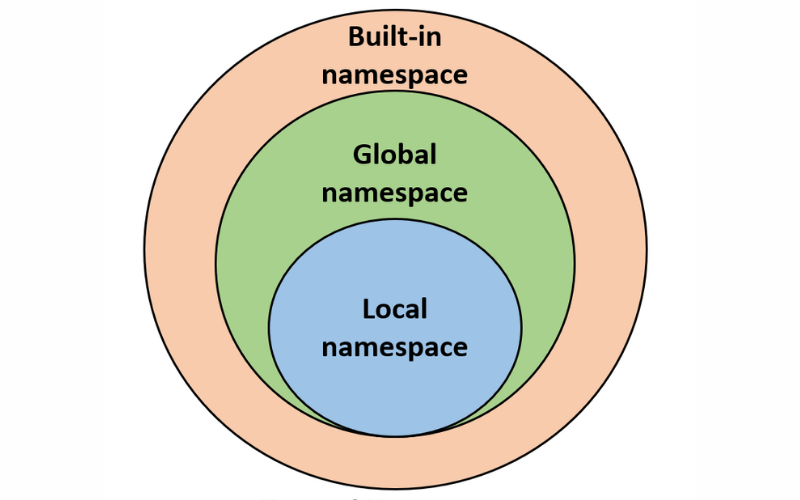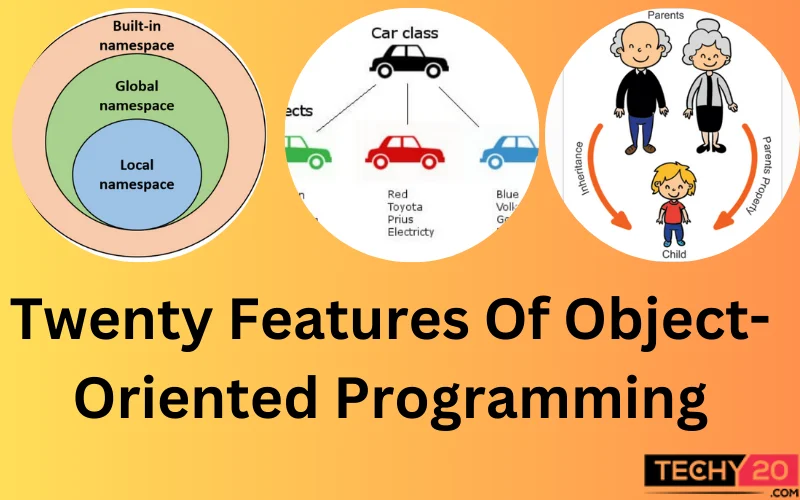Object-Oriented Programming (OOP) is a programming paradigm that organizes and structures code around the concept of “objects.” It is based on real-world entities and their interactions can be effectively represented in code through the use of objects, which encapsulate both data and behaviours into one unit. Developers create software with clear structures, minimise code duplication, and enhance code maintainability. Designing software around objects and their interactions facilitates the creation of scalable and adaptable systems that can evolve to meet changing requirements. Here are a few features of OOPs:
1. Classes And Objects
In OOP, a class acts as a blueprint or template for creating objects. It specifies attributes to store data and methods to perform actions or behaviours. Objects are instances of classes. They are created by the class blueprint and represent real-world entities or concepts. Each object has its attribute values but shares the same methods defined in the class.
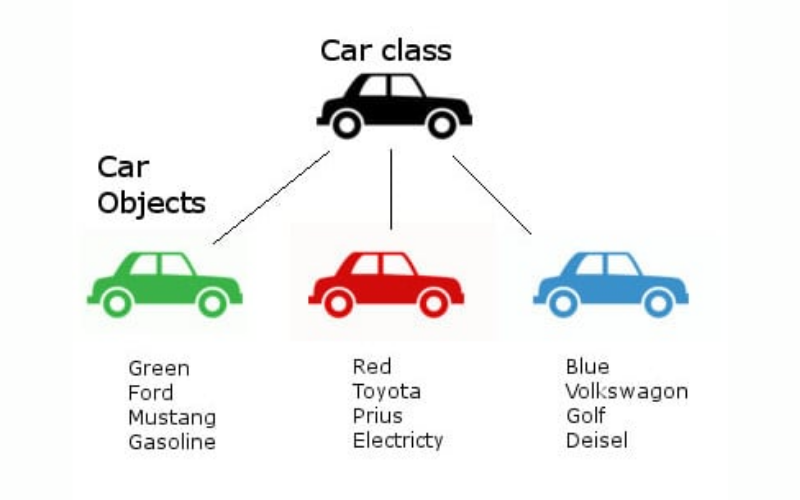
2. Encapsulation
Encapsulation is an OOP principle that bundles data and methods into a single unit called an object. This concept hides the internal details of an object from the outside world while exposing only the necessary interfaces or methods to interact with it.
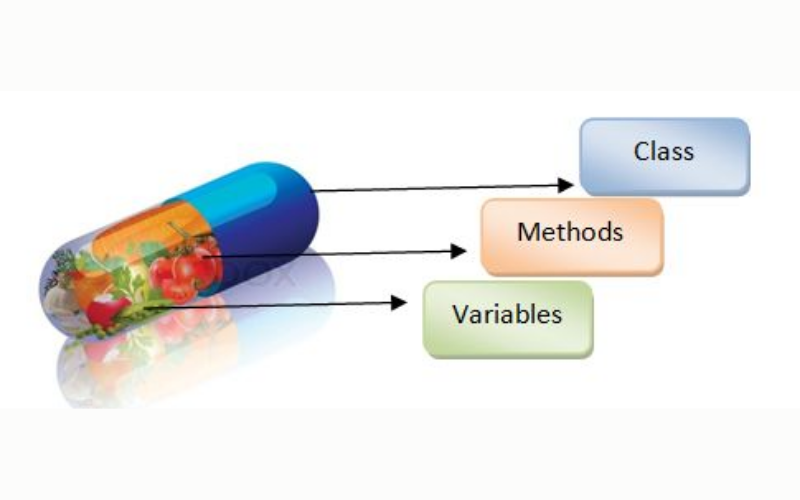
3. Abstraction
Abstraction is the process of simplifying complex systems by modelling them with a simplified representation. It defines classes with clear and well-defined interfaces while hiding the underlying complexities of their implementations. It enables code modularity and reusability to manage and maintain complex software systems.

4. Inheritance
Inheritance allows the class to inherit attributes and methods from another class. It promotes code reusability and establishes a hierarchical relationship among classes. Subclasses can extend or override the behaviour of their superclass.

5. Polymorphism
Polymorphism permits objects of different classes to be treated as objects of a common superclass. It enables flexibility and extensibility in code. It uses the same method name in different classes, and each class can implement that method apt for its specific behaviour.
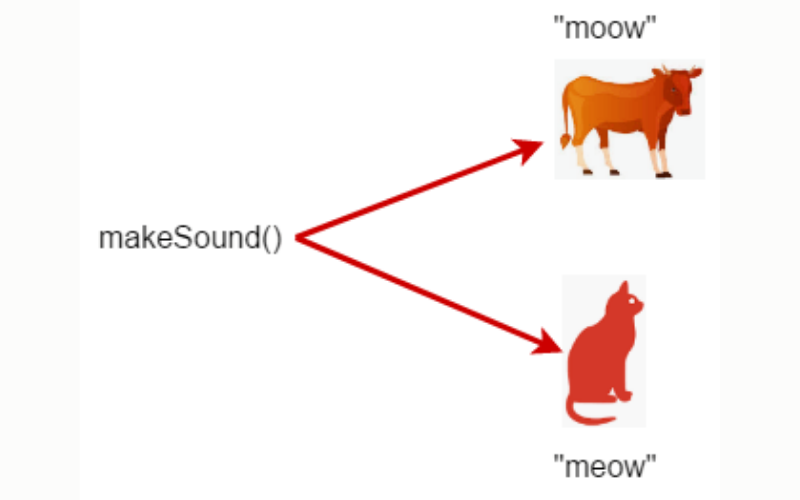
6. Method Overriding
Method Overriding is a form of polymorphism where a subclass provides a specific implementation for a method that is already defined in its superclass. It allows the subclass to customize the behaviour of the inherited method to match its requirements. Method overriding is crucial for achieving specialization and behaviour customization in inheritance hierarchies.
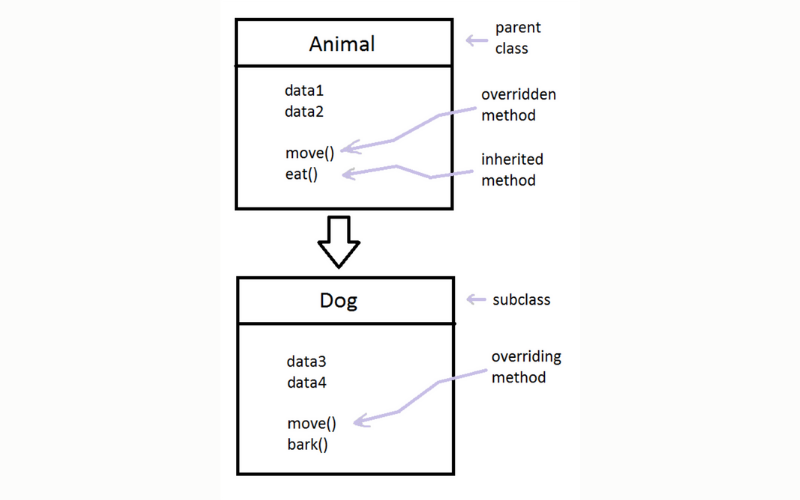
7. Method Overloading
Method Overloading is another form of polymorphism that occurs when a class has multiple methods with the same name but different parameter lists. In this case, the appropriate method to execute is determined by the number or type of arguments provided when the method is called. Method overloading allows developers to create more intuitive and versatile APIs.
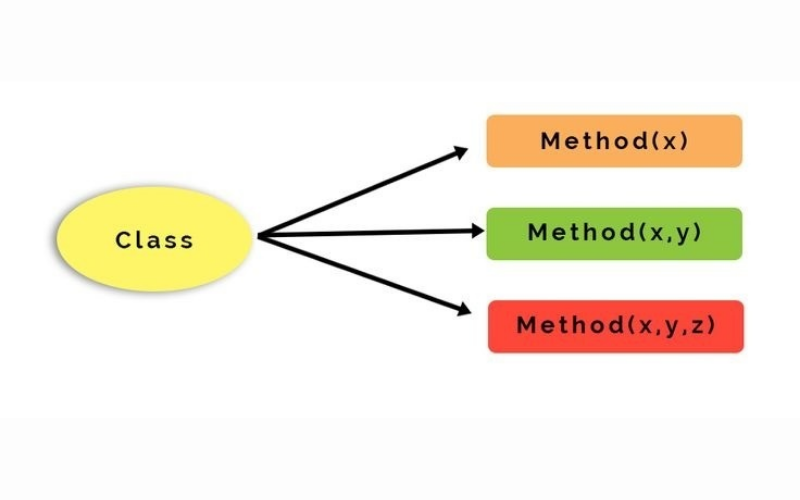
8. Constructor And Destructor
A constructor is a special method called when an object of a class is instantiated. It initializes the object’s attributes and sets it up for use. They have the same name as the class and can be parameterized to accept initial values. Destructor is a special method utilised for cleanup tasks, such as releasing resources like memory or closing files associated with the object.
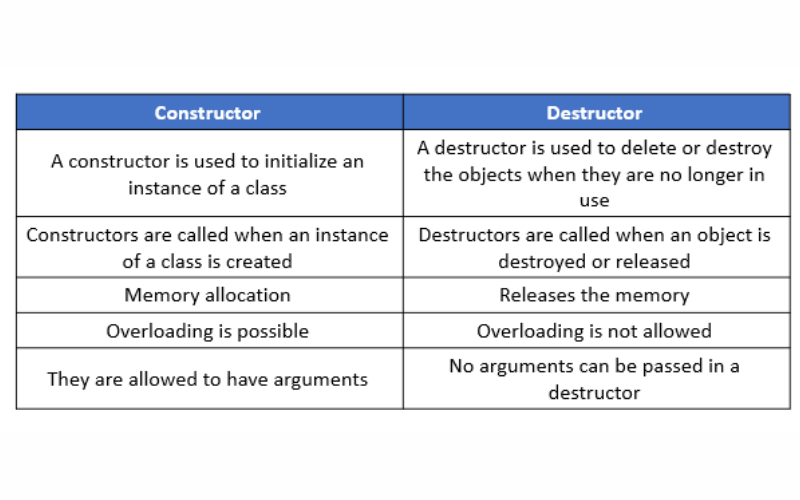
9. Access Modifiers
Access Modifiers are keywords used in OOP languages to control the visibility and accessibility of class members (attributes and methods). They dictate where a class member can be accessed. For instance, public members are accessible from anywhere, while private members are restricted to the class they are defined in.
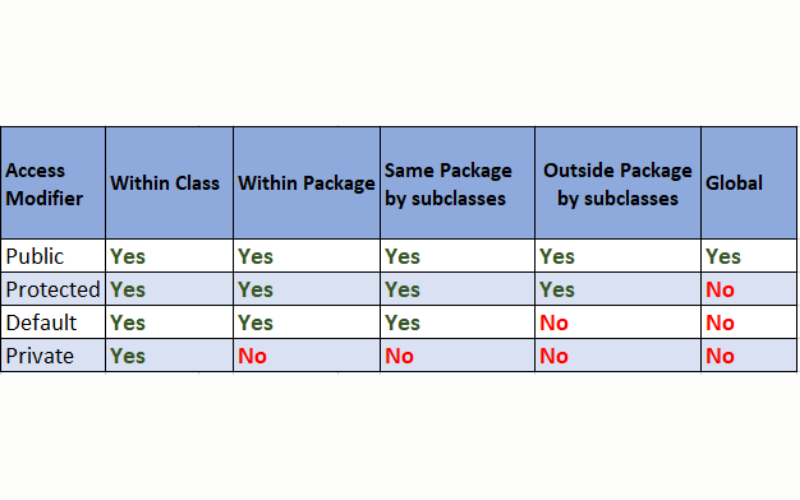
10. Instance And Static Members
Instance members are attributes and methods belonging to a specific instance or object of a class. Static members are methods and attributes that belong to the class itself rather than to class instances. These members are shared among the instances of the class.
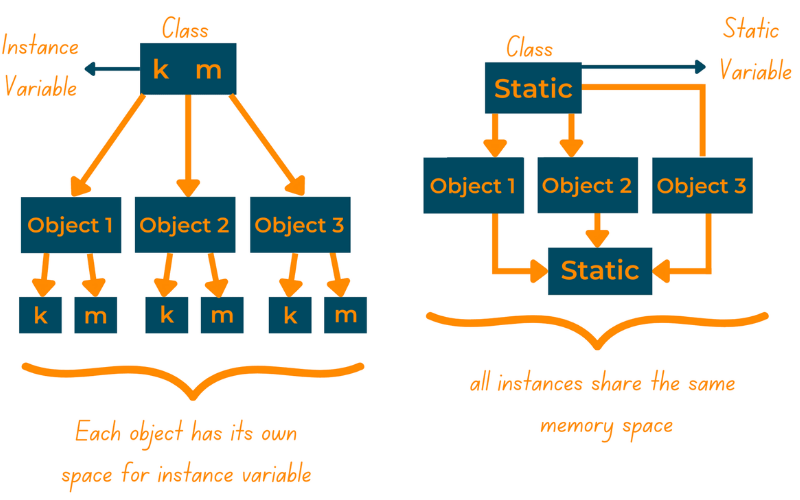
11. Association
Association is a relationship between two or more classes that describes how they are connected or interact with each other. It’s a fundamental concept in OOP that represents the linkage between classes without implying ownership.
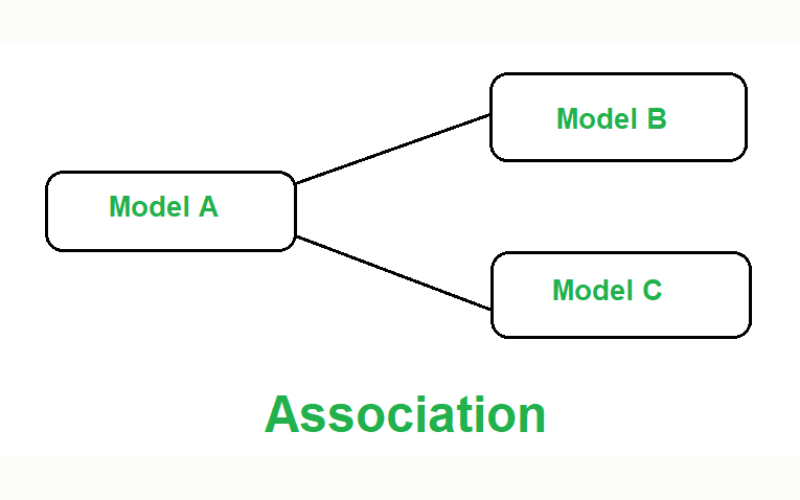
12. Composition
Composition is a form of association where one class contains or is composed of other classes. This relationship implies a strong connection between the whole and its parts, and typically, the parts cannot exist independently of the whole.

13. Aggregation
Aggregation is a variation of composition, where the whole is composed of parts, but the parts can exist independently of the whole. It represents a “has-a” relationship.
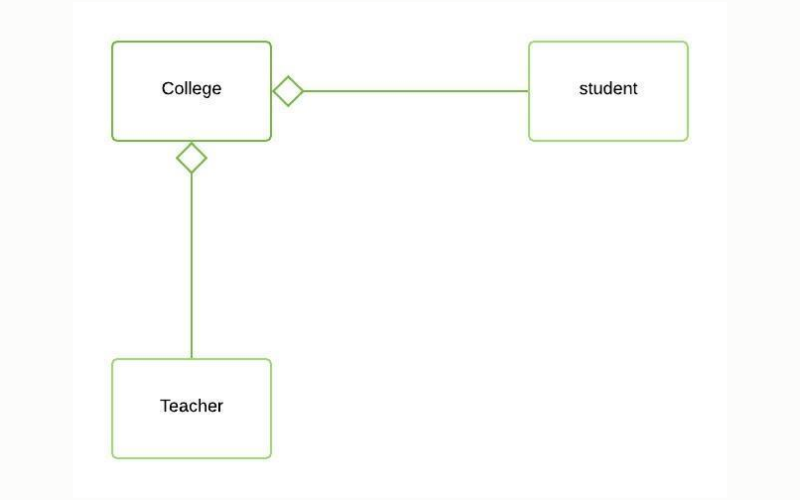
14. Message Passing
Message Passing is a technique for objects to communicate with each other. It achieves interaction between objects by sending messages for performing tasks or exchanging data.
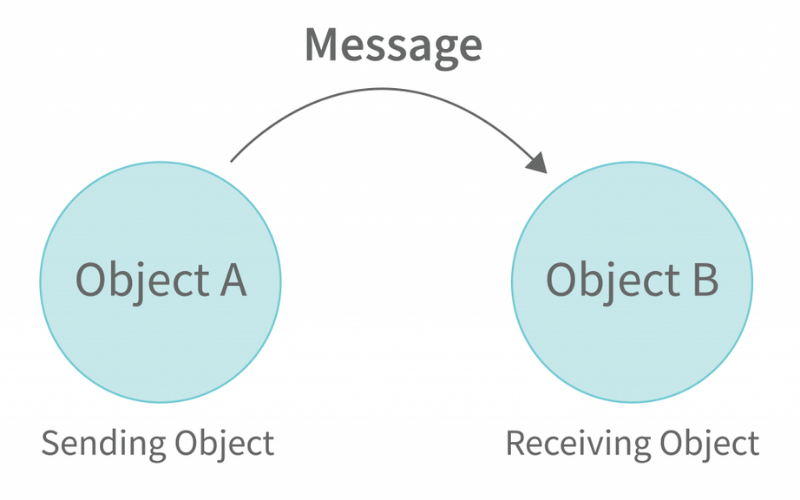
15. Data Binding
Data Binding is a process that connects the presentation layer of an application with its data model. It ensures that changes in one are automatically reflected in the other. Data binding is often used in graphical user interfaces to synchronize data between forms and underlying objects or databases.
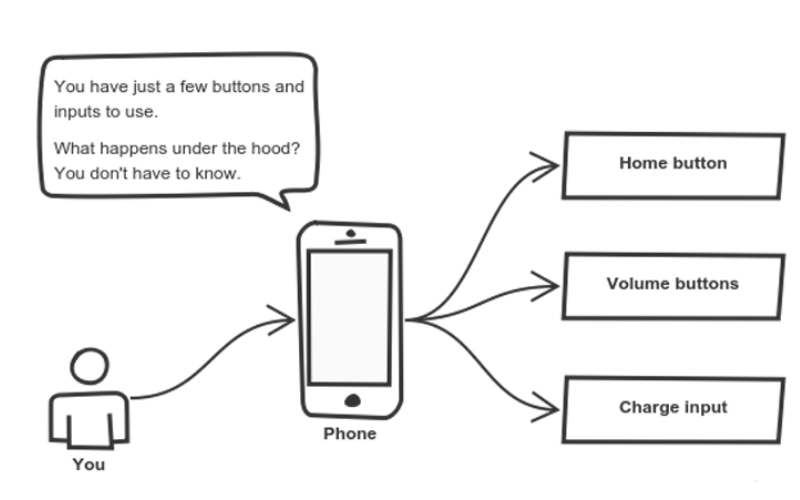
16. Operator Overloading
Operator Overloading is a feature in many programming languages that defines custom behaviour for built-in operators when used with objects of a class. It enables to extend the functionality of operators to work with user-defined types.
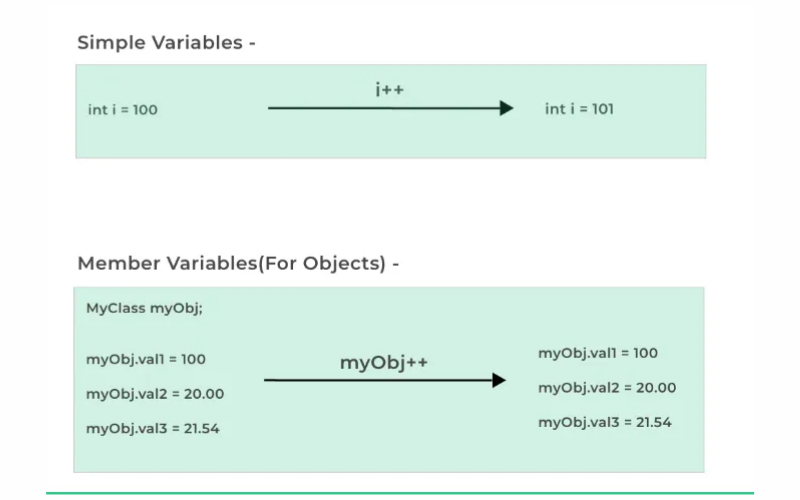
17. Dynamic Binding
Dynamic Binding, also known as late binding or runtime polymorphism, is a feature that allows the selection of the appropriate method or function at runtime, based on the actual type of object rather than its declared type. It is a crucial aspect of polymorphism, as it enables the execution of overridden methods in subclasses. It facilitates flexibility and extensibility in OOP.
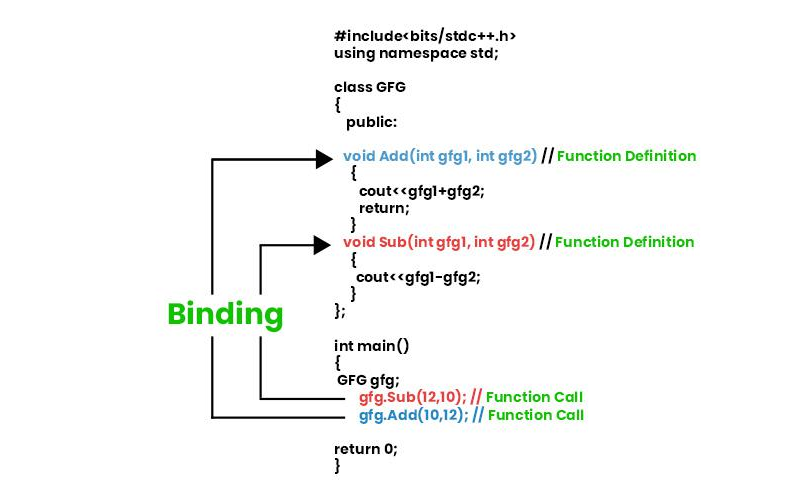
18. Dependency
Dependency is a fundamental concept representing the relationship between two classes when one class relies on another to perform its function. In other words, it signifies that one class is dependent on another class offering certain functionalities or resources. It plays a crucial role in designing modular and maintainable software systems.

19. Static Binding
Static binding, also known as early binding, is a compile-time concept in OOP. It involves associating a method call with a specific method implementation at compile-time based on the type of reference used to call the method. This binding is resolved during the compilation phase.
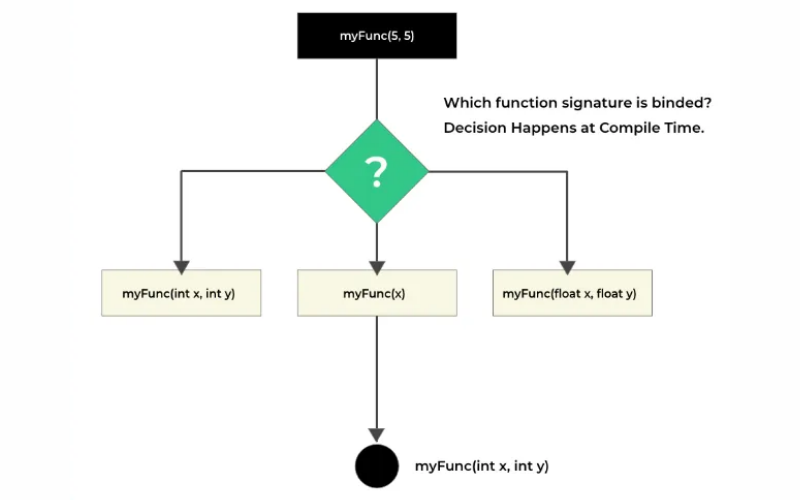
20. Namespace
A namespace helps organize and manage the names of classes, objects, functions, and other identifiers in a program. It prevents naming conflicts and provides a way to encapsulate and group related entities within a larger program. They are particularly important in large software systems or when integrating third-party libraries to avoid naming clashes. They allow you to create distinct, isolated areas where names remain unique.
